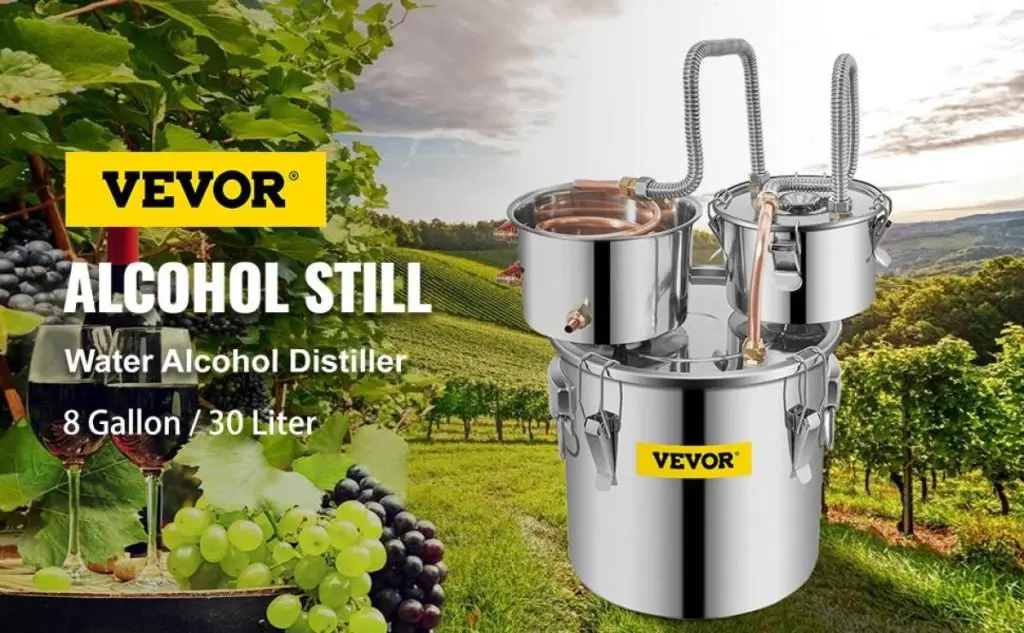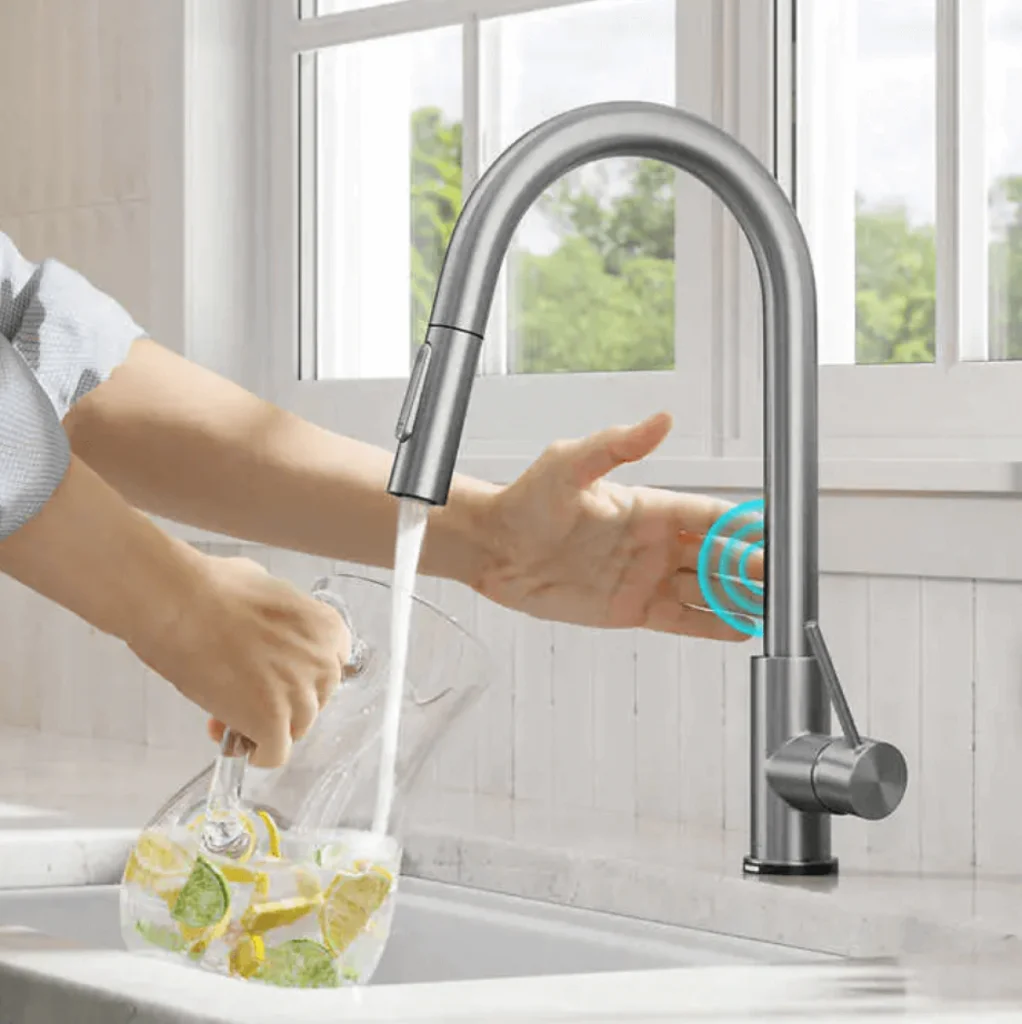When it comes to enjoying a refreshing beverage, nothing can be quite as frustrating as an ice maker not working. Whether your ice maker is not working because it stops making ice, produces tiny ice cubes, or has a reduced water flow, several issues could be at play. Perhaps it’s a problem with the water supply or water pressure in the water line. Maybe the control arm is stuck, or it’s time to replace the water filter. Even the freezer temperatures and temperature settings can impact how well your ice maker can work properly.
In this guide, we will delve into ice maker troubleshooting. We will help you identify why your ice machine has stopped working. We’ll explore common issues like low amounts of ice production, malfunctioning water inlet valves, and frozen ice mold. Moreover, we’ll discuss when you might need to call a repair service and how to ensure your maker is making ice as it should.
We’ll also look at flawless products like the VEVOR Commercial Ice Maker, which boasts a quick ice cube production time and includes a water filter. So, if you’ve been asking, “why is my ice maker not working?”, you’re in the right place for comprehensive maker troubleshooting.
Possible Causes For Why Your Ice Maker is not Working
The incessant question – why is my ice maker not working, can cast a shadow over your peace of mind. Ice maker troubleshooting becomes a sudden priority as you long for the refreshing touch of cool ice cubes. In this section, we delve into common reasons that might cause your ice machine to stop working. We provide you with insights to get your appliance back on track.
1. Water Supply Issues

The primary reason your ice maker is not working could be due to problems with the water supply. Check the water line for any clogs or leaks, as these can prevent water flow to the ice mold. It is equally important to ensure your water pressure is sufficient as a weak flow can impact ice production. If you find any issues, you might need to replace the water line or adjust your water supply settings.
2. Faulty Water Inlet Valve
A faulty water inlet valve can also cause your ice maker to stop working. This valve controls the water flow into the ice mold. If it malfunctions or becomes clogged, your ice maker will fail to make ice cubes. If troubleshooting doesn’t fix the issue, consider contacting a repair service.
3. Control Arm Malfunctions

The control arm of your ice maker could also be a culprit. If it’s stuck in an upward position, it signals the ice machine to stop making ice, even if the ice bin is empty. Make sure the control arm is moving freely to ensure your ice maker is making ice properly.
4. Incorrect Freezer Temperatures
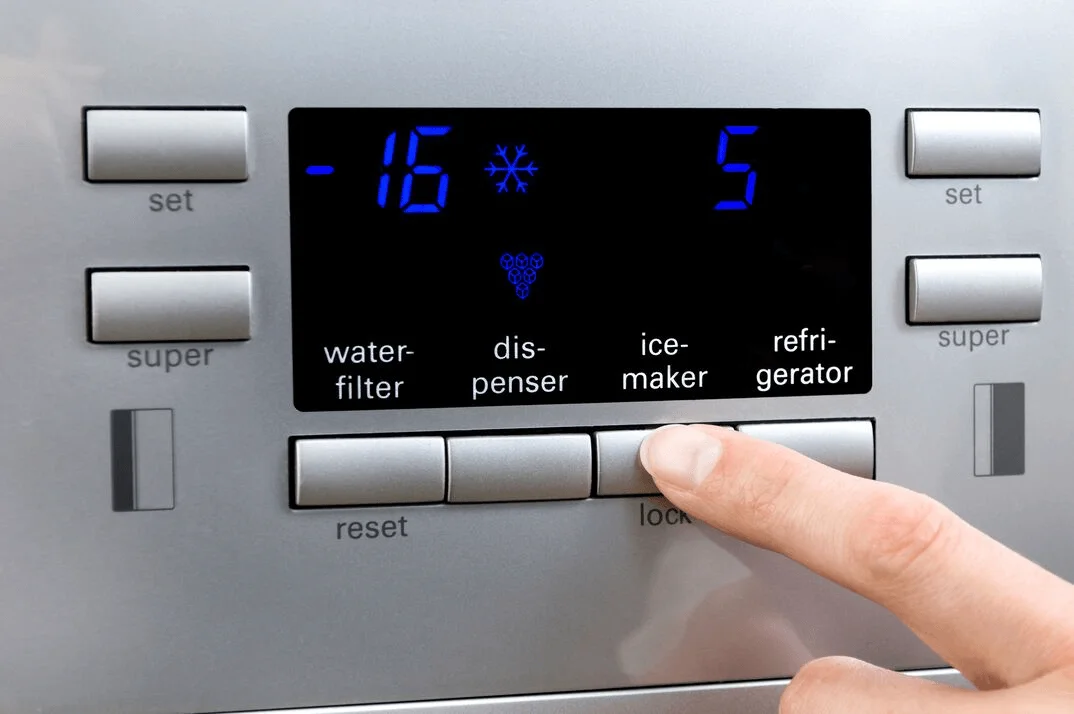
If your freezer temperatures are not within the appropriate range, your ice maker might stop working. The ice maker needs a certain temperature to function properly; if the temperature settings are too high, the ice won’t form. Make sure the freezer temperatures are set correctly for optimal performance.
5. Faulty Ice Mold

Finally, a faulty ice mold could be why your ice maker stopped working. If the mold is damaged, water can leak out, preventing the formation of ice cubes. In this case, it may be best to replace the mold or contact a repair service.
Troubleshooting Tips for A Malfunctioning Ice Maker
If you’ve found yourself asking, “why is my ice maker not working?” then it’s time to do a bit of ice maker troubleshooting. Here are a few pointers to help you identify and rectify the problems that might have arisen.
1. Inspect the Control Arm
The control arm is a crucial part of an ice maker and can often be a significant cause for your ice maker not working. If the arm is stuck or lodged in the upward position, it signals the ice maker to halt ice production. Make sure it can move freely, and that it’s set down when you want ice.
2. Evaluate the Water Supply
A common reason for an ice maker not working is a lack of adequate water supply. The water line can occasionally get clogged, resulting in insufficient water making its way to the ice mold. Check the water line for any potential blockages or leaks, and if you find any, it might be time to replace it.
3. Check the Freezer Temperature
The optimal temperature for an ice maker to work properly is between 0° F and 5° F. If the freezer temperature is set higher than this, it might prevent the ice maker from producing ice. Check the freezer’s temperature settings and adjust them if necessary.
4. Test the Water Inlet Valve
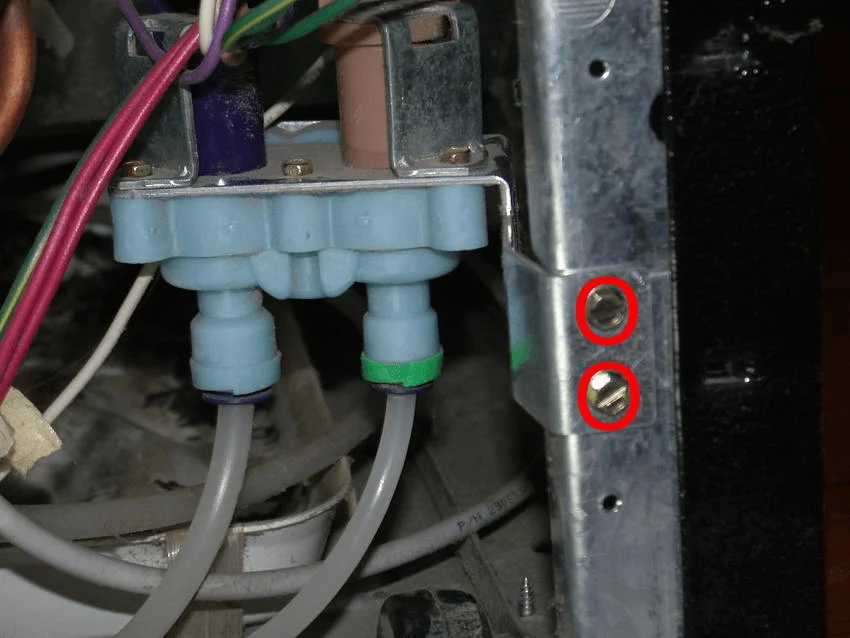
The water inlet valve controls the water flow to the ice maker. If this valve is defective or clogged, the ice maker may not work as expected. Test the valve to ensure it has adequate pressure and is not blocked with debris.
5. Look for Ice Blockages
Sometimes, the ice maker can become clogged with ice, impeding its ability to produce more. Look for any blockages and remove them gently without damaging the ice maker’s parts.
6. Examine the Ice Mold
The ice mold, where the water freezes into ice cubes, can sometimes get damaged or worn out. If the mold is not in good condition, it could affect the production of ice.
If you’ve tried all the above steps and your ice maker is still not working, it might be time to seek professional help. Remember that VEVOR offers high-quality ice makers and parts to ensure your device continues to function efficiently. Ice maker troubleshooting might seem daunting, but with the right information and products, you’ll be back to enjoying icy refreshments in no time.
VEVOR Ice Makers: The Perfect Ice Makers for Optimal Ice Production
When it comes to delivering optimal ice production, VEVOR stands out with its range of high-quality ice makers. Notably, two products in their collection: the VEVOR 110V Countertop Ice Maker and the VEVOR 110V Commercial Ice Maker 110LBS/24H with 44lbs Storage Capacity have proven to be game-changers in ice production.
The VEVOR 110V Countertop Ice Maker is a compact solution, perfect for home use or small gatherings. Despite its size, it doesn’t compromise on efficiency, providing a consistent flow of ice when you need it. Its streamlined operations, durability, and easy-to-use controls make it an ideal choice for those who crave convenience and reliability.
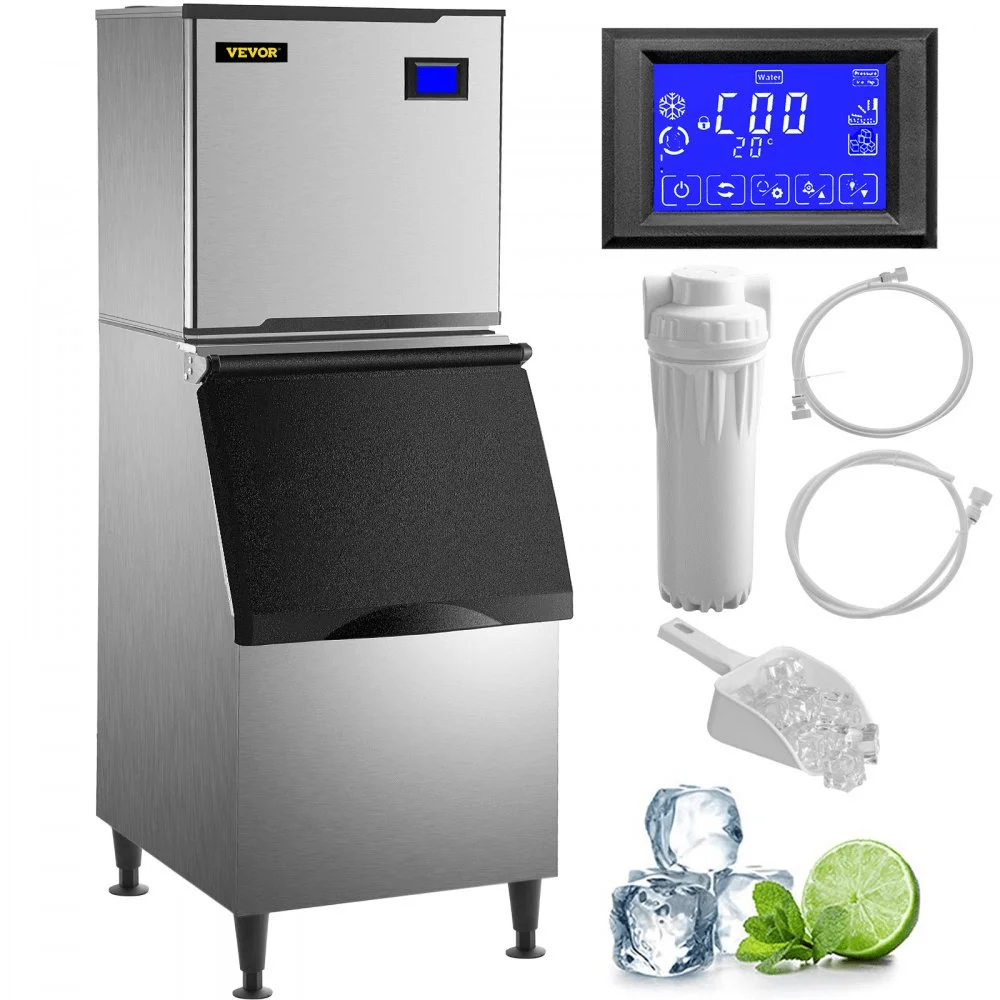
On the other hand, the VEVOR 110V Commercial Ice Maker 110LBS/24H with 44lbs Storage Capacity is a powerful machine designed for commercial applications. This ice maker is designed to withstand high demand, making it perfect for businesses such as bars, restaurants, and hotels. Its impressive 110lbs per day ice production and 44lbs storage capacity ensure a continuous supply of ice, even during peak times.

So whether you’re dealing with an ice maker not working or looking to upgrade, VEVOR offers the perfect solutions. With VEVOR, you not only get an ice maker; you get a guarantee of consistent, optimal ice production.
FAQs About Ice Maker Not Working
1. What are some common causes for an ice maker not working?
Common causes can include issues with the water supply, a faulty water inlet valve, malfunctions in the control arm, incorrect freezer temperatures, or a faulty ice mold.
2. How can I troubleshoot a malfunctioning ice maker?
You can start by inspecting the control arm, evaluating the water supply, checking the freezer temperature, testing the water inlet valve, and looking for any ice blockages or problems with the ice mold.
3. What are the optimal freezer temperatures for an ice maker to work properly?
The optimal temperature for an ice maker to work properly is between 0° F and 5° F. If the freezer temperature is set higher than this, it might prevent the ice maker from producing ice.
4. What options do I have if my ice maker troubleshooting doesn’t solve the problem?
If your ice maker is still not working after troubleshooting, it might be time to seek professional help or consider replacing the unit. VEVOR offers a range of high-quality ice makers and parts, including the VEVOR 110V Countertop Ice Maker and the VEVOR 110V Commercial Ice Maker 110LBS/24H with 44lbs Storage Capacity.
5. Why are VEVOR ice makers a good choice for optimal ice production?
VEVOR ice makers, such as the VEVOR 110V Countertop Ice Maker and the VEVOR 110V Commercial Ice Maker 110LBS/24H with 44lbs Storage Capacity, are designed for efficiency, durability, and convenience. They provide a consistent flow of ice and are suitable for both home and commercial use, making them excellent choices for optimal ice production.
Conclusion
Troubleshooting an ice maker that is not working requires identifying and addressing various potential issues. Common causes for an ice maker malfunction include water supply problems, a faulty water inlet valve, control arm malfunctions, incorrect freezer temperatures, and a faulty ice mold. By inspecting the control arm, evaluating the water supply, checking the freezer temperature, testing the water inlet valve, and examining the ice mold, you can attempt to resolve the problem. However, if troubleshooting does not solve the issue, it may be necessary to seek professional help or consider replacing the ice maker.



